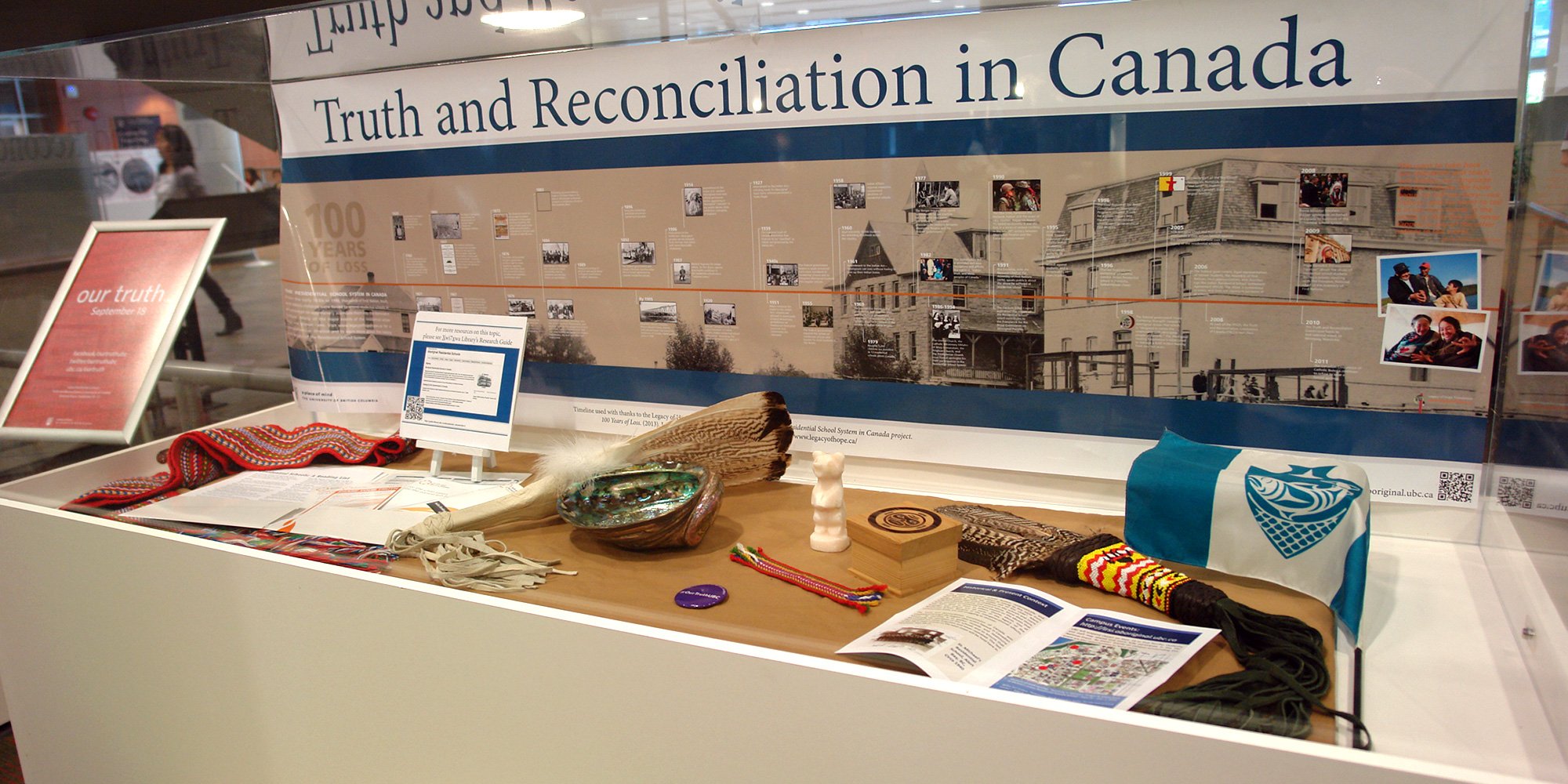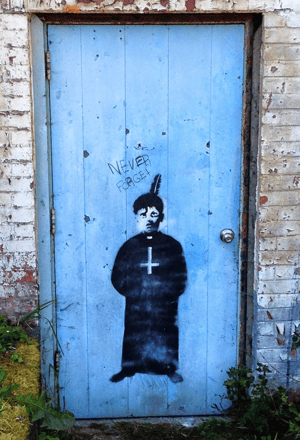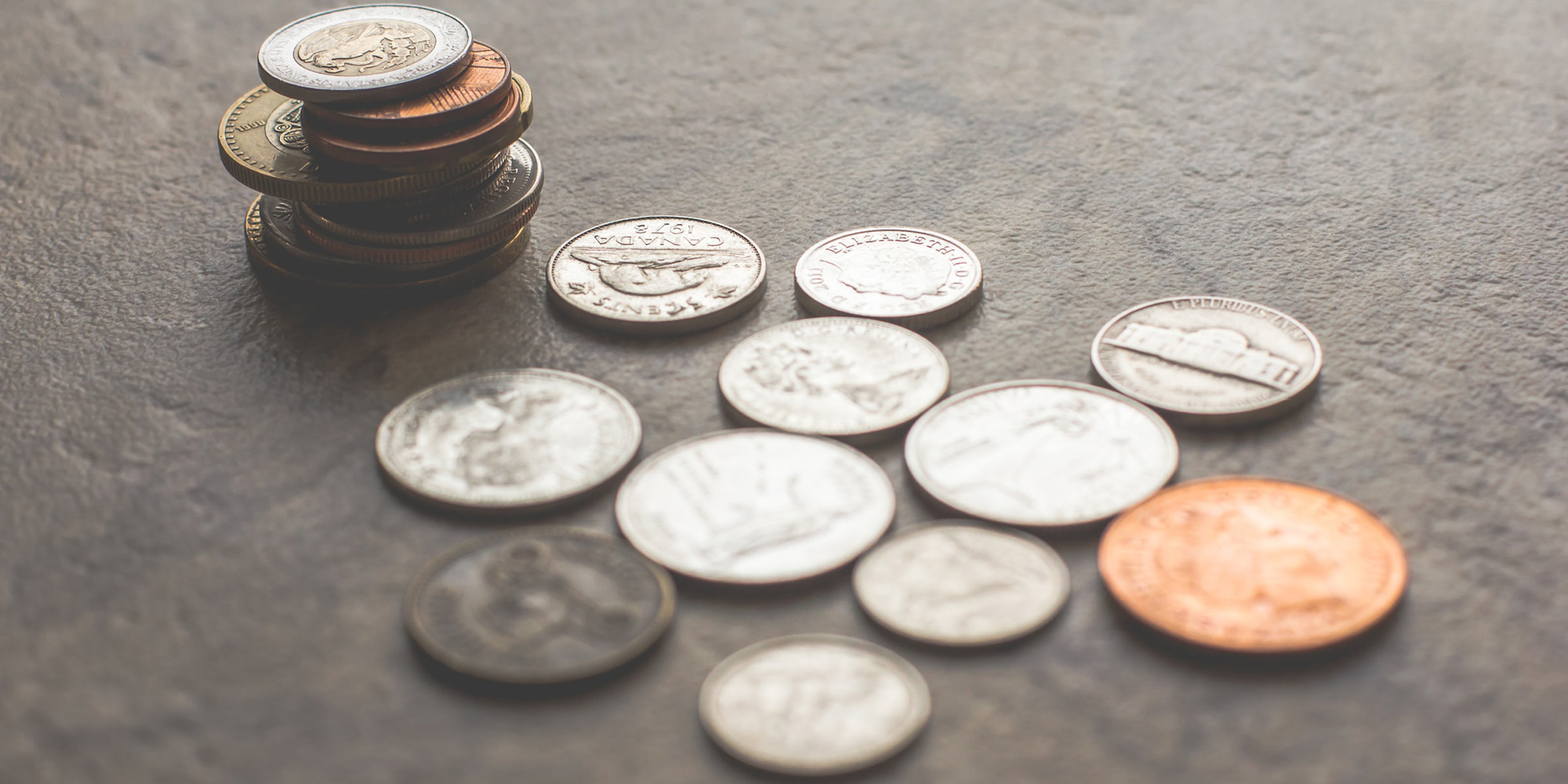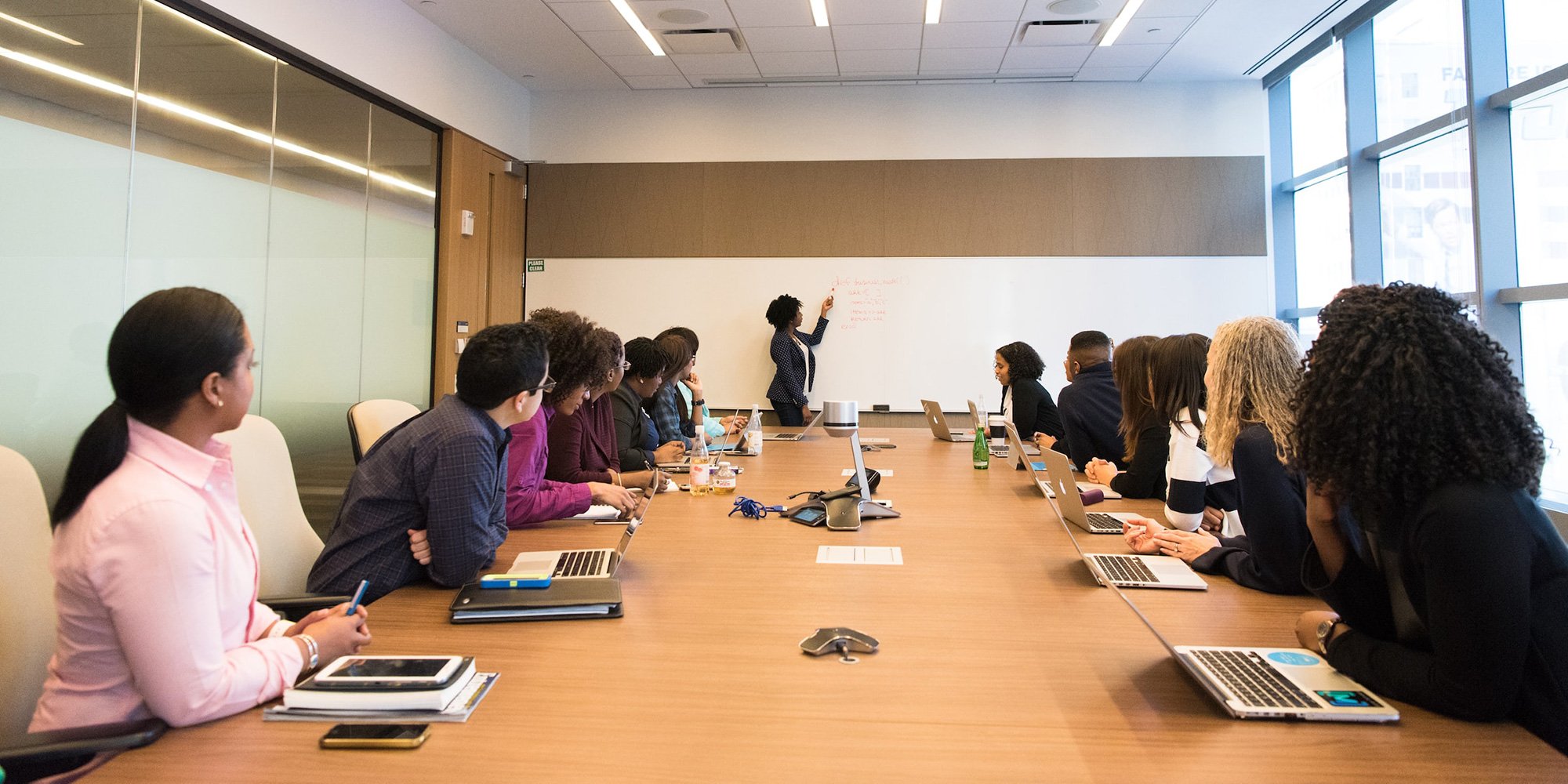National Day of Truth & Reconciliation, September 30
Orange is the New Symbol of Truth & Reconciliation The recent discoveries of 215 unmarked graves at a former Residential School near Kamloops,...

For a very long time, mainstream Canadians were unaware of the horrors and conditions that 150,000 Indigenous children endured in the Indian residential schools over a period of more than 100 years. For many Canadians, the first inkling of the atrocities the children suffered was when then Prime Minister Stephen Harper delivered the Statement of Apology on behalf of Canadians for the Indian residential school system in 2008.
 The grassroots Idle No More movement raised awareness of Indigenous issues in 2012 with round dances, rallies, teach-ins, and social media. The movement gained significant media attention which brought it onto the radar of mainstream Canada.
The grassroots Idle No More movement raised awareness of Indigenous issues in 2012 with round dances, rallies, teach-ins, and social media. The movement gained significant media attention which brought it onto the radar of mainstream Canada.
The next hit of awareness was in 2015 with the publication of the Truth and Reconciliation Commission (TRC) report and 94 calls to action. The calls to action, in particular, awoke in many individuals, organizations, and governments a realization that they had not just a role to play but a moral responsibility to make amends for the past.
It’s now five years since the TRC report and reconciliation is a familiar term to most of us. But, there’s still confusion over what it means and who is responsible, which could lead to reconciliation become nothing more than a platitude.
The TRC definition of reconciliation:
. . . Reconciliation is about establishing and maintaining a mutually respectful relationship between Aboriginal and non-Aboriginal peoples in this country. In order for that to happen, there has to be awareness of the past, an acknowledgement of the harm that has been inflicted, atonement for the causes, and action to change behaviour. [1]
To flesh out what reconciliation is and is not, here’s a list of considerations that may contribute to understanding reconciliation.
Listen to the children in this short video after they learn about Indian residential schools. There is sadness, shock, pain, and awareness but ultimately there is hope and a desire for change.
I believe Canada has moved to a point at which we no longer ask “whether reconciliation is possible” but “how is reconciliation possible.” And from that position, increasingly non-Indigenous Canadians are asking “what can I do?”
This blog post is also posted on Ontario Nature Blog.
Here's a related article that delves into the controversy around statues of historical figures: Let's Not Make Reconciliation a Political Football.
And here's an interesting reconciliation action in Australia:
Check out this CBC article
[1] Honouring the Truth, Reconciling for the Future Summary of the Final Report of the Truth and Reconciliation Commission of Canada, The Truth and Reconciliation Commission of Canada, 2015, p. 6
* An excerpt from 21 Things™ You May Not Know About The Indian Act by Bob Joseph
Featured photo: Centre for Teaching, Learning and Technology, Flickr

Orange is the New Symbol of Truth & Reconciliation The recent discoveries of 215 unmarked graves at a former Residential School near Kamloops,...

Trade and specialization were common to First Nations in Canada and throughout the Americas in the pre- and early contact periods. Moreover, public...

Land acknowledgements are increasingly present at the beginning of meetings in board rooms, lectures, classrooms, entertainment events etc. Land...